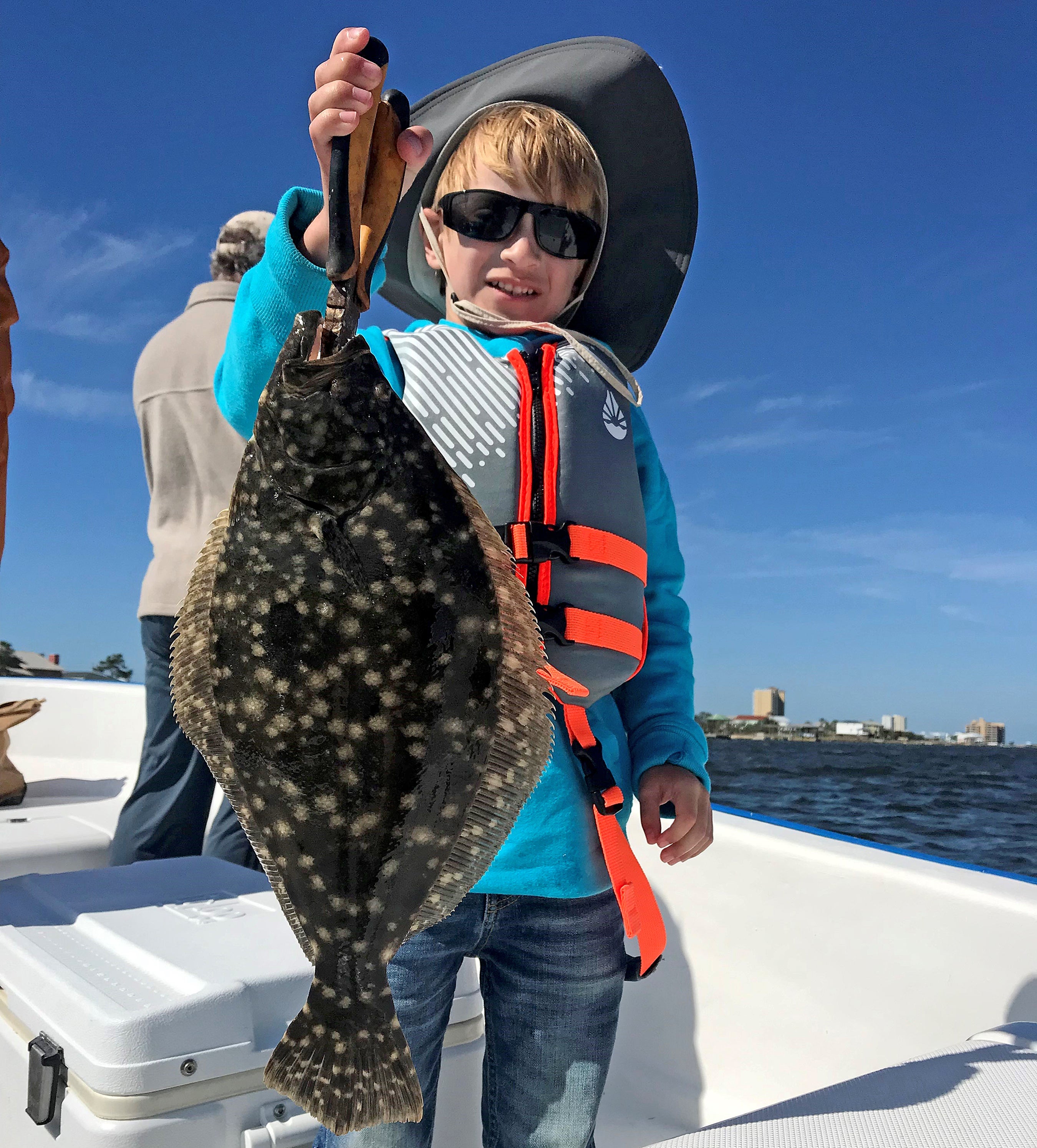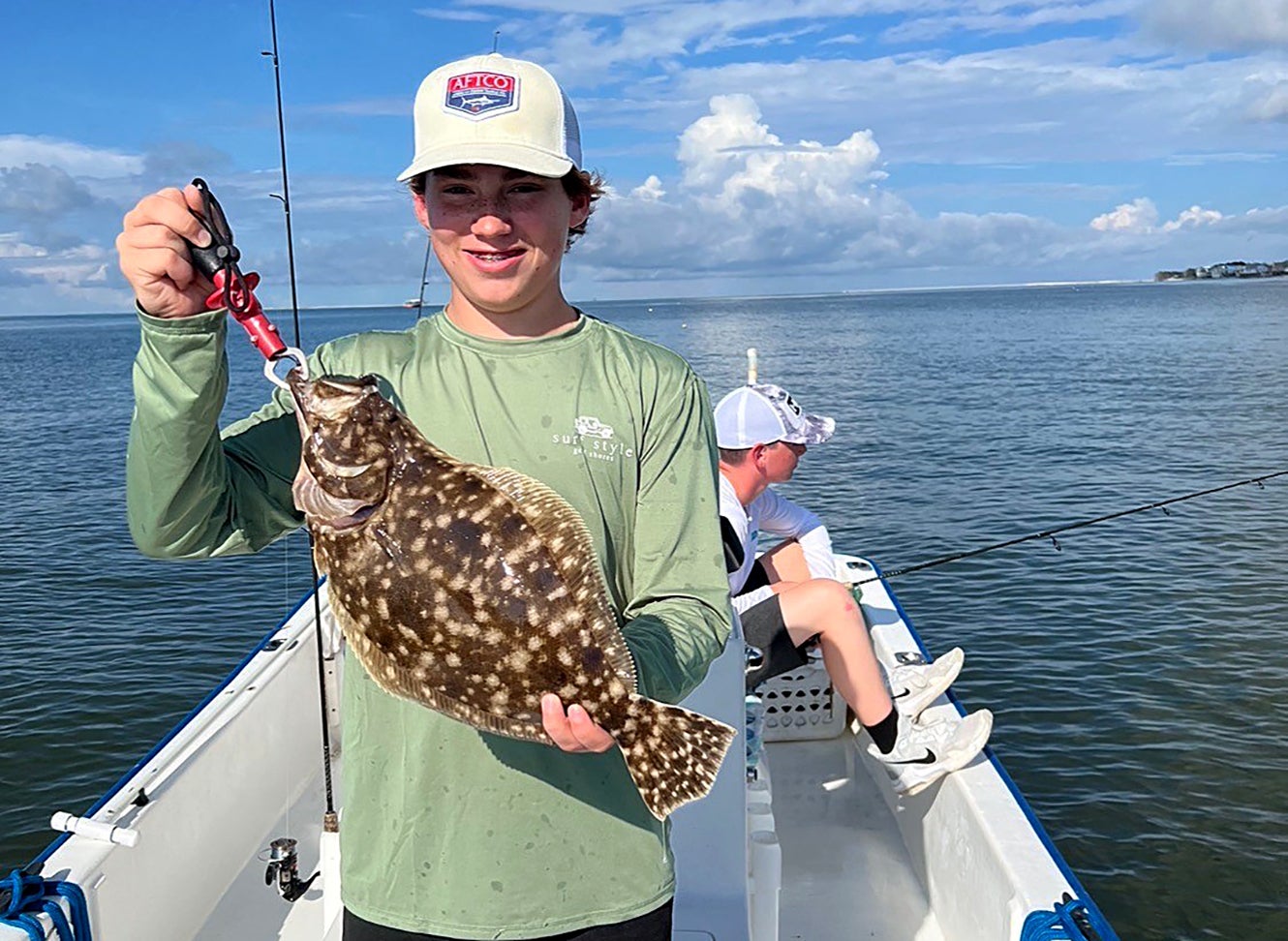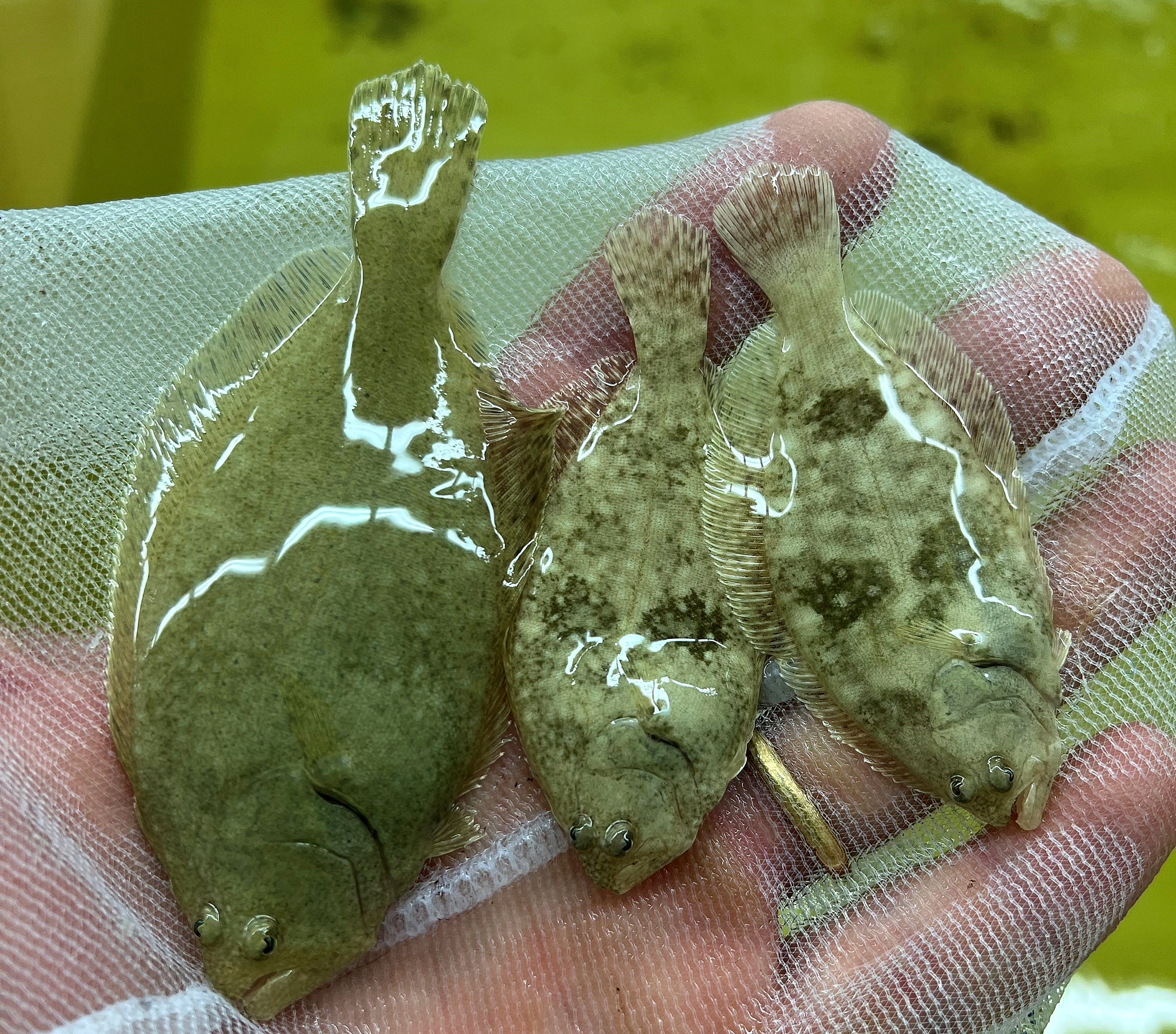By DAVID RAINER, Alabama Department of Conservation and Natural Resources
Whether it was regulation changes or better environmental conditions, the apparent rebound in the flounder population has everyone involved with the fishery along the Alabama Gulf Coast encouraged.
Scott Bannon, Director of the Marine Resources Division (MRD) of the Alabama Department of Conservation and Natural Resources (ADCNR), said the Division adopted stricter limits several years ago because of a decline in the flounder population.
“We made regulation changes in 2019,” Bannon said. “It created a commercial trip limit, which would include hook and line, gig and gill net, of 40 fish per trip. We reduced the recreational bag limit to 5 fish and increased the minimum size to 14 inches. And we created a 30-day no-fishing period for the month of November, when flounder spawn, for commercial and recreational anglers.
“We had concerns, not only in Alabama but across other Gulf states, with what we were seeing with flounder.”
Bannon said social media is his “easy barometer” to assess what’s going on in the fishery, and the number of flounder seen lately has significantly increased.
“You don’t post what you don’t catch,” he said. “I have seen an increase in photos of flounder on several social media sites and fishing forums. I’ve received phone calls from anglers who target flounder, and they feel like they are seeing increased opportunities to catch flounder. I’ve even spoken to a couple of divers who have seen more in places like Perdido Pass. They are seeing them on the bottom in numbers that they haven’t seen in the past few years. We also hear from some of the commercial anglers that they are starting to see more in their trips as well. Flounder is a very popular species. People are very happy to be catching them again.
“That’s not scientific, but that’s what the public is telling us. And that is important because we need people to feel comfortable that when we make management decisions that there is a positive impact.”
Bannon doesn’t think the credit for the flounder rebound should go completely to the regulation changes.
“I think there are potential benefits of making the regulatory changes, but I also think there may be some environmental changes,” he said. “Flounder is one those fish that we like to try to find in the same areas over and over again. But if there is some form of water quality change, they’ll move away from it. It may be a period of low oxygen or a drought year. They have a tendency to move and find water that works well for them. Then they will come back when conditions improve.
“Flounder exist in relatively low numbers in Alabama waters anyway, so it doesn’t take a lot of change to see change.”
Flounder live most of the year in the bays and estuaries before making a run to the Gulf of Mexico to spawn in the late fall.
“I think the November closure is the primary regulatory change that is having an impact,” Bannon said. “You are allowing that spawning stock to move freely. They have fairly isolated migratory routes, and the closure takes the pressure off.”
Bannon said he has had discussions with some other states, including at a Gulf-wide flounder symposium, that had indicated flounder numbers were down. All states have followed Alabama’s lead and made regulatory changes and are receiving similar feedback on increasing flounder numbers.








